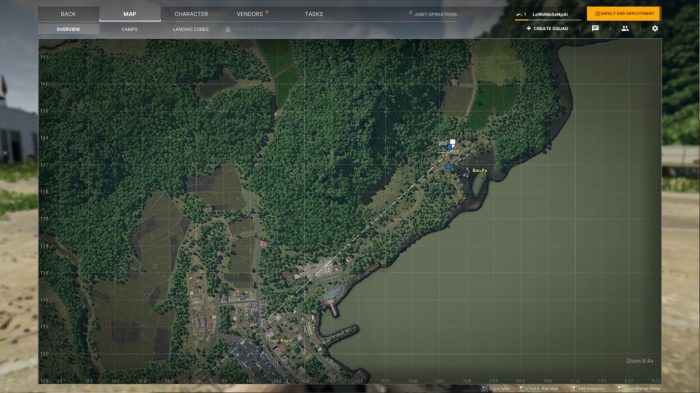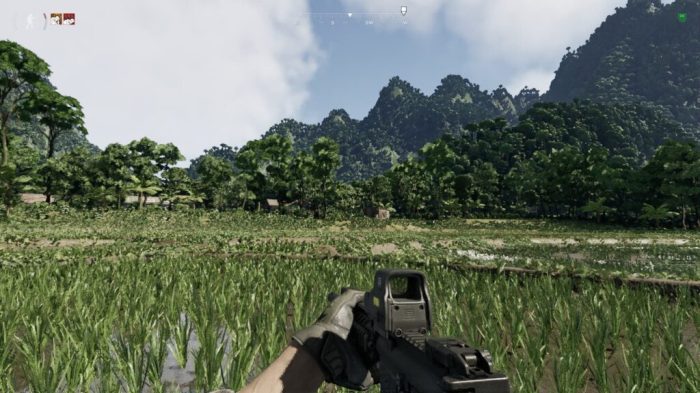Understanding the Sand Task

The Sand Task is a popular and versatile assessment tool used in psychology and cognitive science. It is designed to measure a variety of cognitive abilities, including working memory, attention, and executive functions. This task is particularly useful for understanding how individuals process information and make decisions under pressure.
Structure and Purpose
The Sand Task typically involves presenting participants with a series of stimuli, often in the form of visual images or auditory sounds. Participants are then asked to perform a specific task, such as remembering the order of the stimuli, identifying specific features, or making judgments about their relationships. The difficulty of the task can be manipulated by varying the number of stimuli, the complexity of the task, or the time allowed for completion.
The primary purpose of the Sand Task is to measure cognitive performance and identify potential deficits. The task’s structure allows researchers to isolate and assess specific cognitive processes, such as working memory capacity, attention span, and the ability to inhibit irrelevant information. By analyzing participants’ performance on different versions of the task, researchers can gain insights into their cognitive strengths and weaknesses.
Common Tasks, Value of sharing task line in sand task
Here are some examples of common tasks used in the Sand Task:
- Spatial Working Memory: Participants are shown a series of locations on a grid and then asked to recall the order in which they were presented.
- Verbal Working Memory: Participants are presented with a list of words and then asked to recall them in the same order or in reverse order.
- Attentional Control: Participants are presented with a stream of stimuli and asked to respond only to specific targets while ignoring distractors.
- Decision-Making: Participants are presented with a series of choices and asked to make decisions based on specific criteria.
Benefits of Sharing Task Lines: Value Of Sharing Task Line In Sand Task
Sharing task lines in the Sand Task offers a multitude of advantages, fostering a collaborative environment that enhances efficiency, effectiveness, and communication. By making task lines transparent and accessible to all team members, the Sand Task encourages collective understanding and shared responsibility, ultimately leading to smoother project execution.
Improved Efficiency and Effectiveness
Sharing task lines significantly improves the efficiency and effectiveness of the Sand Task. By providing a clear overview of the project’s progress and individual responsibilities, team members can readily identify potential bottlenecks and areas for improvement. This transparency enables proactive problem-solving and timely adjustments, ensuring that the project stays on track and meets deadlines. For instance, if a team member realizes that a particular task is taking longer than anticipated, they can immediately communicate this to the team, allowing for adjustments to be made and preventing delays. This proactive approach to task management significantly enhances the overall efficiency and effectiveness of the Sand Task.
Methods for Sharing Task Lines
Sharing task lines effectively is crucial for collaborative sand tasks. This allows team members to stay informed about the progress, identify potential bottlenecks, and adjust their own tasks accordingly. There are various methods for sharing task lines, each with its own advantages and disadvantages.
Methods for Sharing Task Lines
Here’s a breakdown of different methods for sharing task lines in the Sand Task, along with their advantages and disadvantages:
- Whiteboard or Flip Chart: This traditional method allows for visual representation of task lines and their dependencies. Team members can gather around the board, discuss progress, and make updates in real-time.
- Spreadsheets: Spreadsheets offer a structured way to organize task lines, track progress, and calculate dependencies. They can be easily shared and edited by team members, allowing for collaborative updates.
- Project Management Software: Tools like Trello, Asana, or Jira provide comprehensive features for managing tasks, including task lines. These platforms offer real-time updates, notifications, and visual representations of task dependencies.
- Communication Platforms: Messaging apps like Slack or Microsoft Teams can be used to share task lines and updates. These platforms allow for quick communication and file sharing, but may lack the visual representation and structure of dedicated project management tools.
Comparison of Methods
| Method | Ease of Use | Security | Real-time Updates |
|---|---|---|---|
| Whiteboard/Flip Chart | High | Low | High |
| Spreadsheets | Medium | Medium | Medium |
| Project Management Software | Medium | High | High |
| Communication Platforms | High | Medium | High |
Examples of Shared Task Lines in Action
The concept of shared task lines in the Sand Task might sound theoretical, but it has practical applications that can significantly impact the efficiency and effectiveness of the entire process. Let’s explore real-world examples of how shared task lines have been implemented and the positive outcomes they have generated.
Improved Communication and Collaboration
Sharing task lines facilitates seamless communication and collaboration among team members. Imagine a scenario where a team is responsible for constructing a sandcastle. Each member has their own task line, but they are all connected and synchronized. This allows for real-time updates on progress, identification of potential roadblocks, and efficient allocation of resources. For instance, if one team member encounters a difficulty in sculpting a specific sandcastle element, they can immediately inform others, leading to collaborative problem-solving and timely adjustments to the task line.
Best Practices for Sharing Task Lines

Sharing task lines effectively is crucial for successful collaboration in the Sand Task. Clear communication and well-documented processes ensure everyone is on the same page, reducing confusion and maximizing efficiency.
Importance of Clear Communication and Documentation
Clear communication and thorough documentation are vital for successful task line sharing. When everyone understands the task’s goals, responsibilities, and dependencies, it fosters smoother collaboration, reduces errors, and enhances overall project success.
- Precise Task Descriptions: Clearly define each task’s purpose, scope, and expected outcome. Use specific language to avoid ambiguity and ensure everyone understands the task’s requirements.
- Detailed Instructions: Provide comprehensive instructions on how to complete each task. Include any necessary tools, resources, and deadlines to guide team members effectively.
- Transparent Communication: Maintain open and regular communication channels for updates, questions, and feedback. This fosters a collaborative environment and prevents misunderstandings.
- Version Control: Implement a system for tracking changes to task lines. This ensures everyone is working with the latest version and prevents confusion caused by outdated information.
Checklist for Effective Task Line Sharing
To ensure your team follows best practices for sharing task lines, utilize this checklist:
| Checklist Item | Description |
|---|---|
| Task Descriptions are Clear and Concise | Ensure each task description is unambiguous and provides a clear understanding of its purpose and scope. |
| Instructions are Comprehensive and Accessible | Provide detailed instructions, including any necessary resources, tools, and deadlines. |
| Communication Channels are Open and Active | Maintain regular communication for updates, questions, and feedback. |
| Task Lines are Regularly Reviewed and Updated | Ensure everyone is working with the latest version of task lines. |
| Feedback is Regularly Solicited and Incorporated | Encourage feedback from team members to identify areas for improvement and enhance task line clarity. |
Value of sharing task line in sand task – In the end, embracing the value of sharing task lines in the Sand Task isn’t just about optimizing processes; it’s about building a culture of collaboration, transparency, and shared success. By adopting this approach, teams can transform the way they work, maximizing efficiency, minimizing errors, and achieving their goals with greater ease. So, the next time you’re faced with a complex project, consider the power of shared task lines and unlock the full potential of your team.



